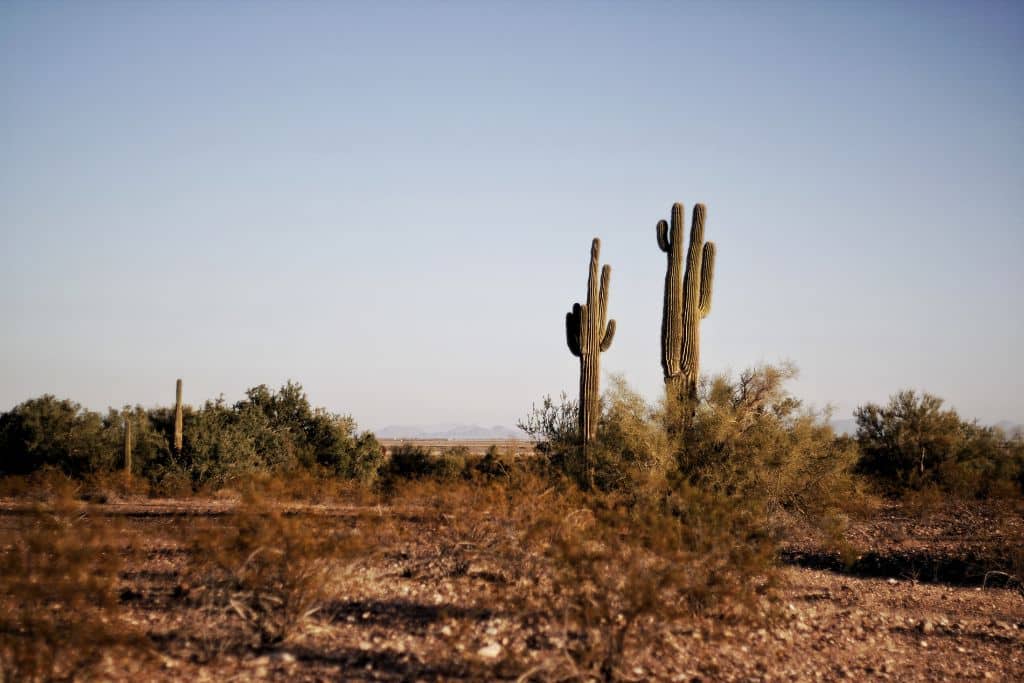A record-breaking heatwave is bringing sweltering heat across southern US states, including Texas and Louisiana, with triple-digit temperatures prompting authorities to issue heat warnings for millions of people.
—
A blistering heatwave roiling some southern US states, the latest in a series of extreme heat dome events that are bringing sweltering heat in various parts of the world, was made at least five times more likely by anthropogenic climate change, scientists have found.
Temperatures in the capital Houston and other cities across Texas surpassed 100F (38C) several times in recent weeks and are expected to remain above 100F for the next several days, as meteorologists warn that the heatwave is starting to expand to other states, including Kansas and Oklahoma.
“Human-caused climate change made the extreme and extremely unusual temperatures in Mexico and the southern US much more likely,” said Dr. Andrew Pershing, vice president for science at Climate Central, the non-profit behind the recent analysis, adding that the elevated temperatures are creating “stressful conditions for millions of people.”
Elderly, young children, pregnant women, chronic patients, and outdoor workers are among the categories most at risk of developing heat-related illnesses, such as heat exhaustion as well as life-threatening heat strokes. The risk of developing such conditions is particularly high when combined with elevated humidity levels such as the ones recorded in Texas in recent weeks, which makes it feel hotter than 110F (43C) in some areas.
More than 40 million people in Houston, San Antonio, and Austin are currently under excessive heat warnings. The heatwave is expected to last until the Fourth of July, according to the National Weather Service (NWS).
“There may be more danger than a typical heat event due to the longevity of elevated record high nighttime lows and elevated heat index readings during the day,” the NWS said in an advisory. “It is essential to have a way to cool down and interrupt your heat exposure.”
The heatwave is also stretching Texas’ notoriously weak power grid, prompting authorities to appeal to residents to conserve energy as much as possible. Unlike other US states, Texas’ grid is not connected to the rest of the country, making it more difficult to pull power from other sources in case of a failure.
Despite the 2021 deadly winter blackout, which some conservative commentators falsely blamed on renewable energy, raising the alarm about Texas’ fragile power grid, little has been done to address the issue. Texas currently gets most of its energy – about 42% – from gas, followed by wind (20%), coal (16%), and nuclear (10%).
You might also like: 4 Environmental Issues in Texas in 2023


















